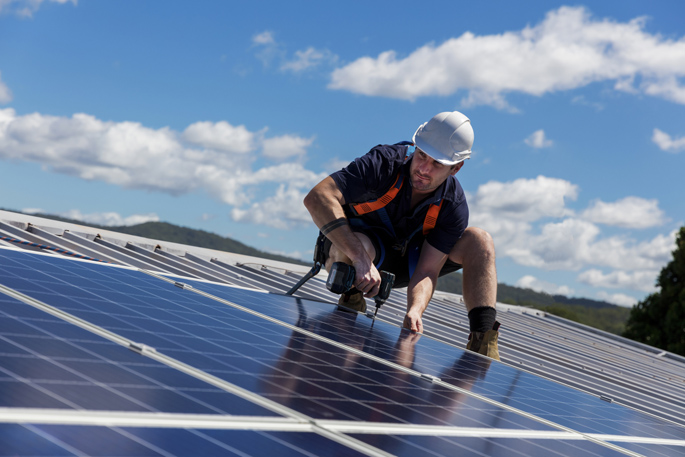Looking to the sky for energy solutions is no longer something for daydreamers as more rural landowners consider solar energy as a means for powering their farms and lifestyle blocks.
As electricity prices continue to remain stubbornly high, and prospects are for them to remain that way for some time yet, the gap between conventional electricity supply and opting for “off the grid” options has narrowed, helped somewhat by lower cost advances in solar power and battery options.
The Energy Efficiency and Conservation Authority estimates about 20 per cent of New Zealand’s electricity demand, or almost $2.4 billion a year, could be saved through a combination of more efficient use and utilising more renewable energy sources. This includes solar, which is playing a growing part in New Zealand’s renewable options.
Passive solar
Higher sunshine areas the Bay of Plenty, Nelson, East Coast and even Canterbury provide an opportunity to incorporate solar energy into power supply options.
It can be as simple as building a home or building that incorporates a passive solar design into it, including the ability to absorb the sun’s warmth during the day and release it at night.
A well-designed dwelling can harvest 500 watts of heat in every square metre of north-facing window on a clear day, similar to having a small standard heater plugged into every square metre.
For landowners in more remote areas, or for those wishing to have a more diverse electricity supply, interest is greatest in solar electricity systems, called photovoltaic (PV) systems.
Canterbury-based Kea Energy director Campbell McMath says the biggest prompt for rural clients to consider installing such systems comes when they are faced with a major bill to install conventional power lines into their lifestyle block or farm site.
He recently installed a solar PV system for a client up the Waimakariri valley when they faced the prospect of a $150,000 bill to access their business’s remote site. “We were able to install a solar PV system for one-third of that.”
Solar power ‘farms’
In coming years he sees potential in rural communities for joint solar power ‘farms’ that enable those communities to have a stake in their electricity supply’s construction, cost and supply.
“We’re looking at options for communities where individuals could be part of that solar ‘farm’ with some equity in it, and it could even involve a type of community trust ownership model.”
Power can be supplied to members of the generation group with the surplus sold back onto the grid.
Earlier pricing structures used to be appealing for selling on the grid, but this has been reduced to about 8c/kWh with a 10c/kWh cap on what can be sold, meaning consumers will typically pay three times more to buy electricity than what they can get selling it back onto the grid.
Often a more cost-effective solution is to use as much as possible of the solar energy generated by the owner of it, working to shift more power use from the usual morning and evening peaks to during the day.
On farm this can involve using a solar variable speed drive. “You may install 100kW of solar power delivery for a 50kW pump and as the sun comes up the pump gradually winds up with it, reaching its peak demand as the sun’s energy supply also peaks.
“This could be to fill an irrigation pond or even irrigate during the day.”
Utilising solar energy to power specific parts of the farm operation in more remote areas is more common now too.
Fence technology
Solar electric fence technology has boosted the use of smarter systems on remote farms that not only ensure reliable supply, but open up options for rotational grazing and feed breaks on country where it would not be possible without the power system.
Bayleys national director rural Duncan Ross says the rapid advance of solar technology means the options on where landowners may choose to live, and how they operate their businesses are greater than ever.
“The option to consider a more remote property either for farming, business or simply to live can mean the opportunity to purchase a cheaper property sometimes, and having such affordable power options means the use of that property does not have to be curtailed simply due to that location.”



0 Comments
Leave a Comment